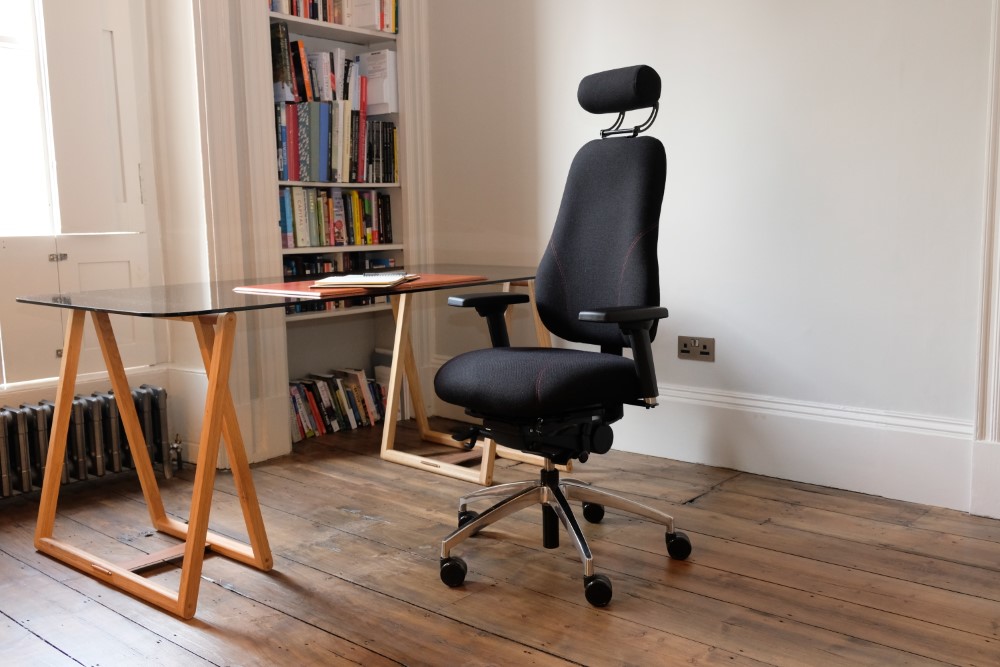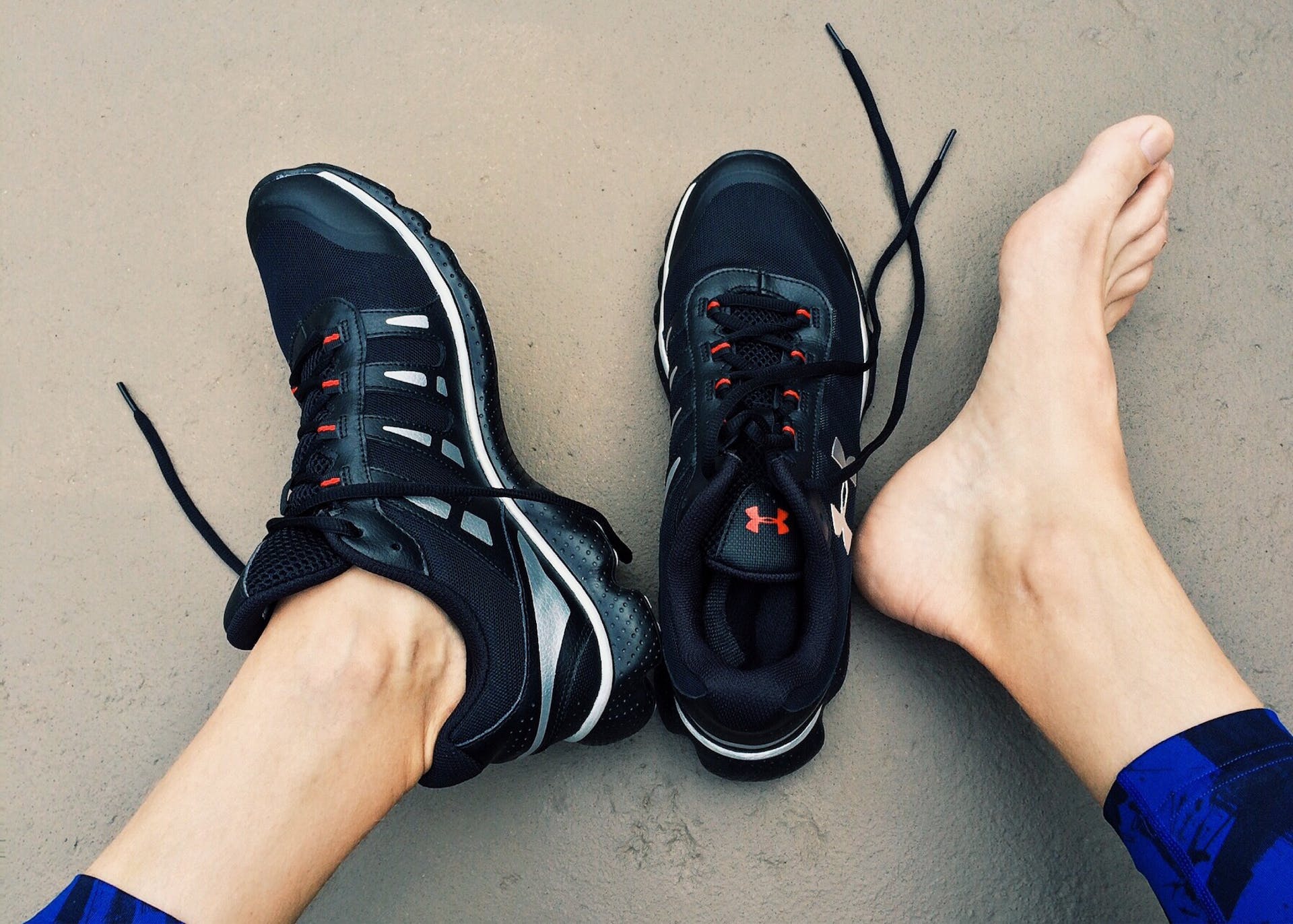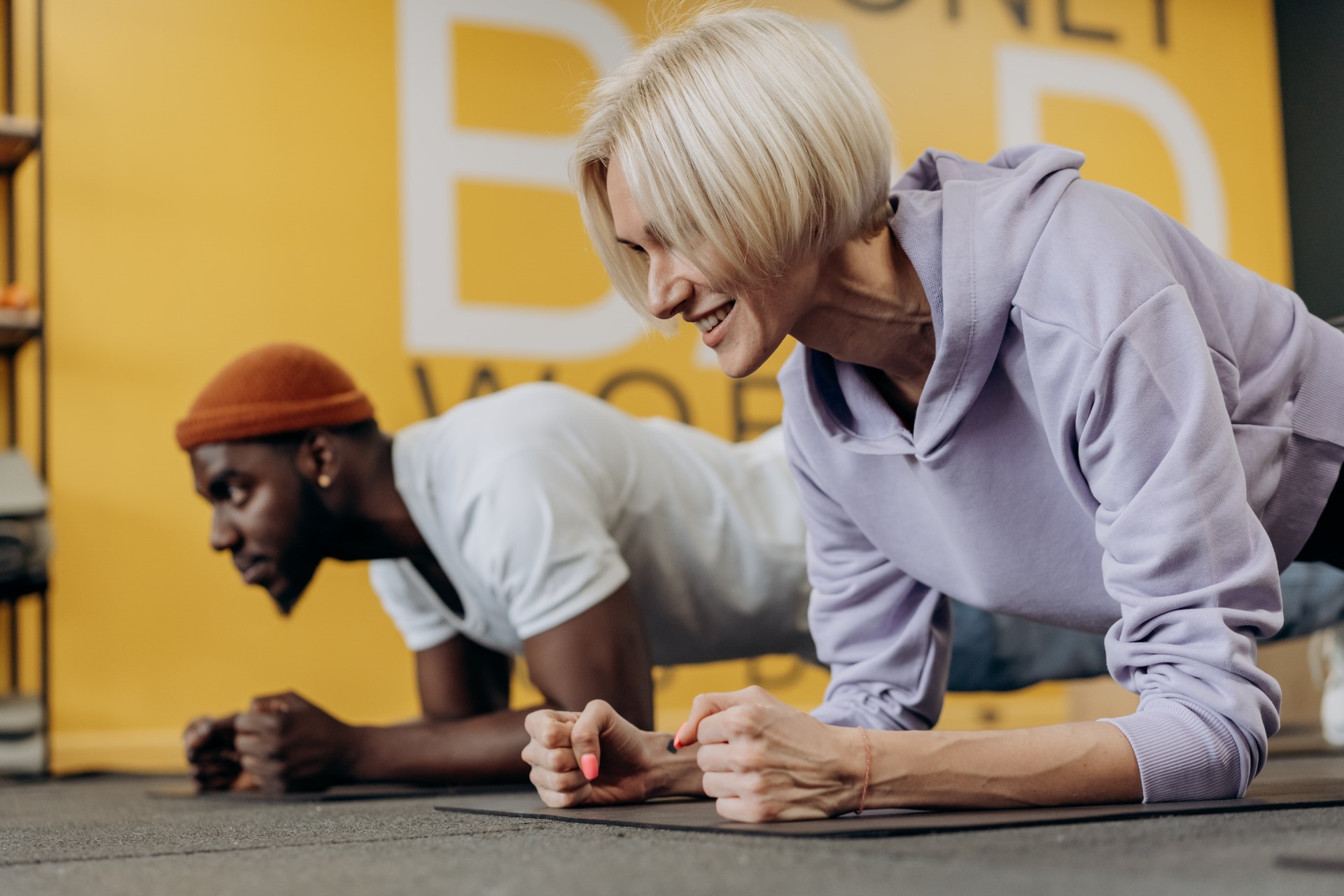Throughout our lives we rely on our ability to balance; from learning to sit and walking in infancy, to playing golf or carrying shopping in adulthood, balance underpins our day to day skills and habits. It helps us to dance, run, play sports, get up from a chair, climb stairs, and look over your shoulder to name a just few!
Most of the time we only notice when our balance fails us; when we stumble or fall and we tend to assume it is a normal part of us getting older, particularly when 1 in 3 people over the age of 60 are estimated to fall each year. While good balance reduces our risk of falling, it also improves our posture, stability, coordination and reaction times, therefore balance training should be a part of everyone’s routine regardless of age or ability.
What is balance and how does it work?
It is described as the state of equilibrium and is the even distribution of your weight that allows you to remain upright and steady. It is very complex and information is provided to the brain by three different systems: the visual system (eyes), the vestibular system (the inner ear) and proprioception.
The visual system plays a major role in our ability to orient ourselves in space and process our surroundings which in turn helps us to balance. It works very closely with the vestibular system in our inner ear which has the ability to detect movements such as nodding or rotating. Fluid passes through the canals within you ear which in turn provides feedback to your brain about where your head is in, for example is your head tilted or are you lying down?
Proprioception involves the sensory receptors in your skin, joints, ligaments, tendons and muscles which send impulses to your brain about the position of your body. An example of proprioception is our ability to touch our finger to our nose even when we have our eyes closed! This information also helps us to identify how fast we are walking and if the ground is uneven, slippery or dry.
How do I improve my balance?
Injuries, illnesses, neurological conditions, medications, and advancing age can all affect the systems involved in balance, but improving it is easier than you think! Balance training doesn’t involve any equipment and can be tailored to your ability level so there really are no excuses!
Always consider your safety before starting any training. If you feel unsteady, always practice near a wall or in the corner of the room so you can stabilise yourself if needed.
To test your balance, stand facing a wall with no shoes on. When you are ready, stand on on one leg and count how many seconds you can maintain that position. If you start to sway, put your foot on the floor or need to hold onto the wall, stop counting. Repeat on the other side. The aim of the one leg balance is to get to a 30 second hold comfortably. How did you do?
The great news is that regular practice helps you to improve! If you struggled or often feel unsteady on your feet, incorporate the following movements into your day to day routine:
- Stand with one foot in front of the other (heel to toe) when you’re working at the kitchen counter – hold on to the counter for extra support.
- Squat to close a drawer instead of bending at the waist.
- Stand up from your chair without using your arms to push you up.
If you found it easy to hold the one leg balance for 30 seconds, why not try making it harder for yourself by challenging yourself to the following:
- Try standing on one leg with your eyes closed. It won’t be as easy as you’ve taken away your visual input which is one of the main components of balance!
- While standing on one leg, move the lifted leg out to the side, in front or behind you and hold it there for the 30 seconds.
- Move your lifted leg from in front of you to behind you with fluid and controlled movement.
You may need to lean forward to help counter-balance your movement.
There are lots of ways to improve your balance and the beauty of it is that it can always be made harder as you progress; the sky is the limit! If you’ve found an alternative way to train your balance, let us know.
As always, if you are unsure and would like some advice, contact us here or give us a call on 01452 883232.









